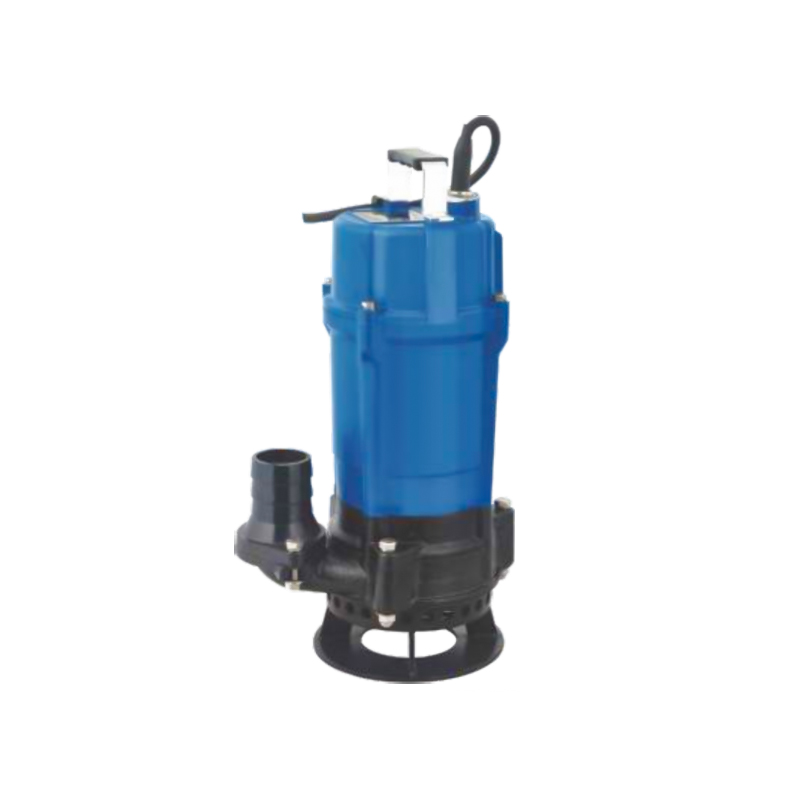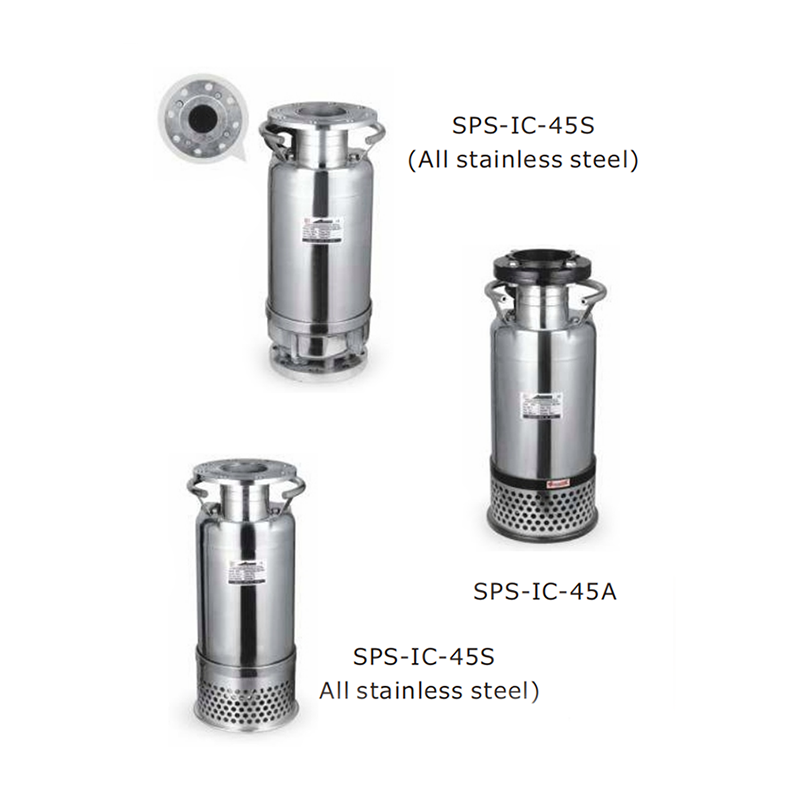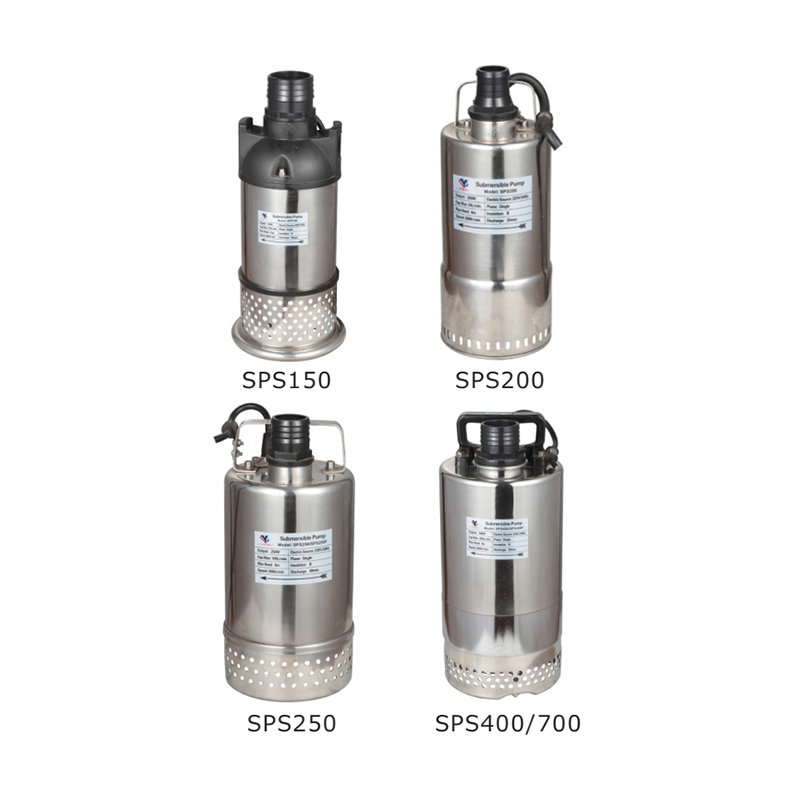In industries where the handling of abrasive and corrosive slurries is a daily challenge, the Heavy Duty Submersible Slurry Pump has become an essential tool. Designed to withstand the harshest conditions, these pumps offer a reliable and efficient solution for transporting slurries in various industrial settings. However, like any industrial equipment, they come with their own set of advantages and disadvantages. Understanding these can help in making informed decisions about their use.
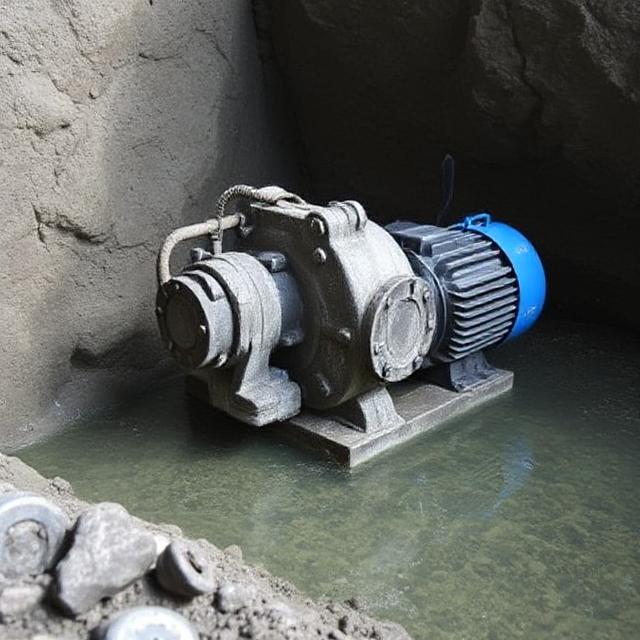 |
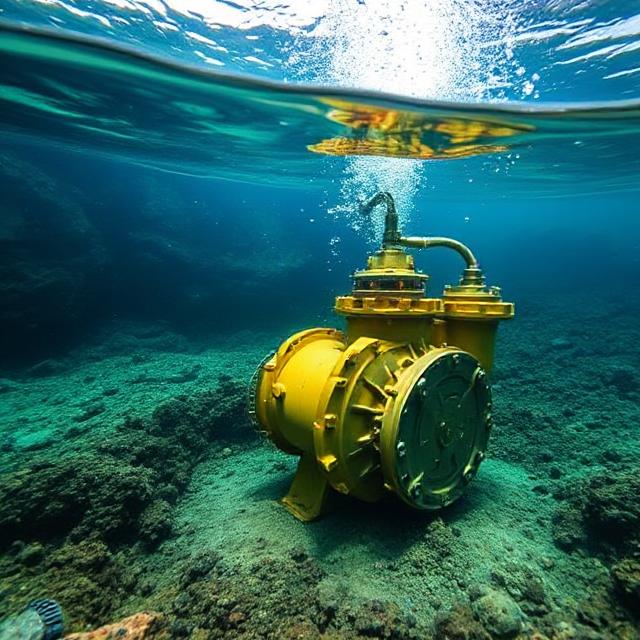 |
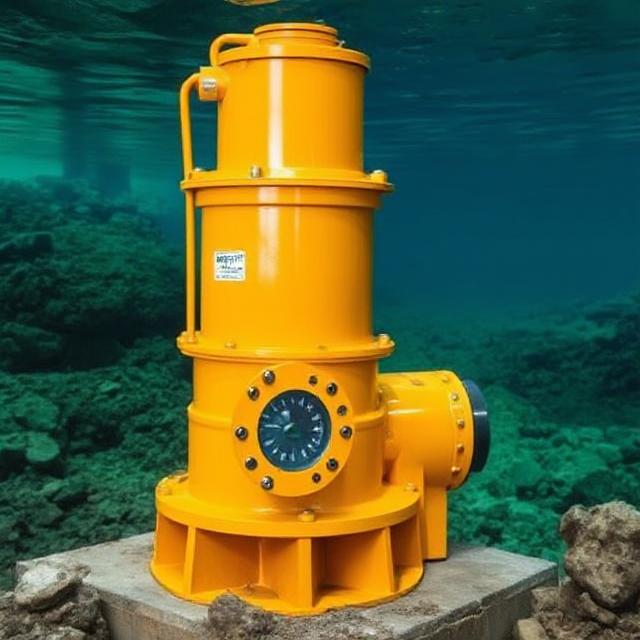 |
Advantages
Durability and Reliability: Heavy Duty Submersible Slurry Pumps are built to last. They are constructed from high-quality, durable materials that can withstand the abrasive and corrosive nature of slurries. This durability ensures long-term performance and reduces the frequency of maintenance and repairs, making them a cost-effective solution for demanding applications.
High Capacity and Efficiency: These pumps are designed to handle large volumes of slurry, ensuring efficient transportation of materials. Their powerful motors and robust construction allow for continuous operation without significant loss of performance, making them ideal for heavy-duty industrial applications.
Direct Submersion and Ease of Installation: Operating underwater, these pumps eliminate the need for complex priming systems. They can be directly submerged in the slurry, simplifying the installation process and reducing the risk of air locks and other operational issues. This direct submersion also helps to less wear and tear on the pump components.
Reduced Noise and Vibration: Submerged operation significantly reduces noise and vibration levels compared to above-ground pumps. This feature is particularly beneficial in environments where noise reduction is a priority, such as residential areas or near sensitive equipment.
Disadvantages
Higher Initial Cost: The robust construction and advanced features of Heavy Duty Submersible Slurry Pumps often result in a higher initial investment. This can be a significant consideration for smaller operations or projects with limited budgets.
Complex Installation and Maintenance: Installing a Heavy Duty Submersible Slurry Pump requires careful planning and execution. Factors such as submersion depth, cable management, and proper sealing to prevent water ingress must be considered. Additionally, maintenance can be more challenging due to the underwater operation, requiring specialized tools and expertise.
Potential for Debris Buildup: The underwater environment can cause the buildup of debris and sediment around the pump, which may affect its performance. Regular cleaning and inspection are necessary to prevent clogging and ensure ideal operation, adding to the overall maintenance costs.
Applications
Mining Industry: Heavy Duty Submersible Slurry Pumps are extensively used in mining operations for transporting ore slurries from mines to processing plants. Their ability to handle high volumes of abrasive materials and operate efficiently underwater makes them indispensable in this sector.
Construction Sites: In construction, these pumps are used for dewatering and handling slurry generated during excavation and drilling operations. Their compact design and high capacity make them suitable for managing large volumes of slurry in confined spaces.
Industrial Processes: In various industrial processes, such as chemical processing and food manufacturing, these pumps are used to handle and transport slurries containing solid particles. Their robust construction and high capacity make them suitable for demanding applications where reliability is crucial.



 English
English русский
русский عربى
عربى